January 7, 2025 | 10:30 GMT +7
January 7, 2025 | 10:30 GMT +7
Hotline: 0913.378.918
January 7, 2025 | 10:30 GMT +7
Hotline: 0913.378.918
An advanced scoring and benchmarking tool helps to actively improve welfare and reduce losses in poultry production.
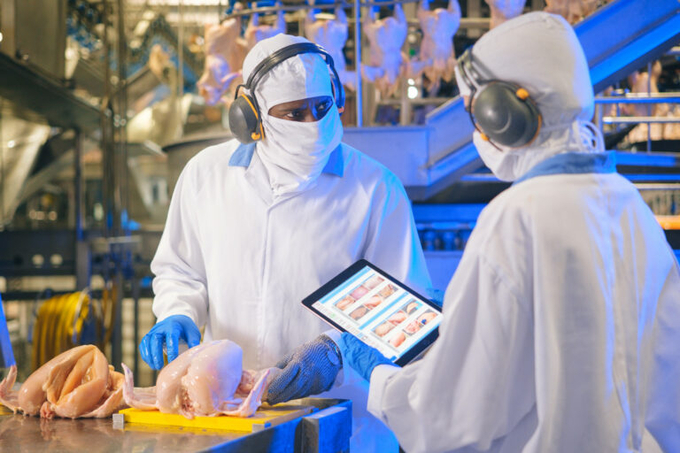
Some of the internal lesions on a poultry carcass can have a bigger economic impact than the external lesions. Photo: Zinpro.
While many improvements have been made in genetics and management of broilers, we still deal with certain welfare challenges, including (intestinal) diseases, respiratory problems, skin integrity loss, and stressors such as heat, handling and transportation. If unaddressed or undetected, these challenges lead to additional issues in poultry welfare and lower profitability throughout the supply chain. Broilers experiencing health issues or stress in the grow house are less efficient and can yield a lower-quality product at the processing plant.
To produce a high-calibre product, we need to monitor meat quality at the packing plant and make sure the correct welfare conditions are in place throughout the broiler’s life. It is not enough to identify carcass lesions on the rail with cameras and sensors. These devices cannot look inside the bird to provide the complete picture needed to connect pre-mortem flock health and welfare with post-mortem carcass quality. Instead, we must take a forensic approach to know why a lesion occurred and pinpoint the specific moment in production that caused it. This information allows us to establish actionable next steps, improve processes and results and uncover more profit potential.
While many poultry integrators see the potential of good carcass quality data, they do not always know how to start, which data to gather and how to interpret the data to pinpoint how lesions can be prevented across the production chain. This is why Zinpro developed the Zinpro Perfect Carcass Tool (hereafter called ‘PCT’). The tool evaluates lesion scores and estimates the economic impact those lesions are having within a poultry production operation. But maybe more importantly, the ‘forensic approach’ of PCT looks at both external and internal lesions to find out why and where the lesions happened, and hence determine a course of action.
This is important to get the complete picture, as some of the internal lesions can have a bigger economic impact than the external lesions. With the data collected at the plant, the tool can provide customised recommendations to reduce the incidence of lesions in a flock and advance poultry welfare and performance. Users will be able to identify logistical issues that are leading to increased lesion prevalence, such as prolonged feed withdrawal periods, dehydration or nutrition gaps, transportation issues and heat stress, inefficient or inadequate harvesting techniques and traumatic points during processing. This actionable way to elevate and report on animal welfare also helps broiler sustainability, because decreasing the number of lesions results in fewer trimmings, downgrades and poultry carcass condemnations. It will also allow us to use scarce resources such as water, electricity and manpower, more efficiently.
PCT helps enhance bird welfare and sustainability, and it also encourages better teamwork and communication. This is very important in understanding each other’s work and to prevent processing plants from blaming the producers (or vice versa) for some of the problems that become visible during processing. To prevent this ‘island structure’ and how to best score certain lesions, farm managers, processing plants, quality control and financial departments, supervisors, nutritionists and veterinarians are all involved in the implementation and use of PCT.
Firstly, baseline values are created for external and internal lesions by harvesting 75 to 100 birds per flock at the location. The results and evaluations from the data collection are then translated into a report that points out the lesions found, the financial impact, and the potential areas of improvement around management and poultry nutrition, followed by a course of action.
In follow-up audits, various aspects can be examined, such as differences between groups (e.g., males versus females), density levels or the impact of zinc supplementation compared to no supplementation. The frequency of the audits and which areas to further investigate is up to the user of the tool.
The delicate balance of managing high performing breeds, while dealing with higher production costs and labour issues across the chain is complex and can easily lead to increased levels of carcass defects, downgrading and condemnation. This can – and must – be prevented, considering that poultry carcass defects are already costing the global broiler industry billions of Euros in economic losses.
The future of poultry meat will therefore be determined by supporting animal efficiency while elevating key indicators of bird wellbeing and meat quality. The holistic view of the tool – as explained in this article – is designed to do exactly that, and more.
Because it is a practical, measurable and transparent approach, it paves the way to have better aligned stakeholders in the poultry production chain and better cooperation on broiler welfare. The need for the tool is there for sure, as Zinpro has seen double-digit growth in its demand over the last 2 years.
(Poultryworld)
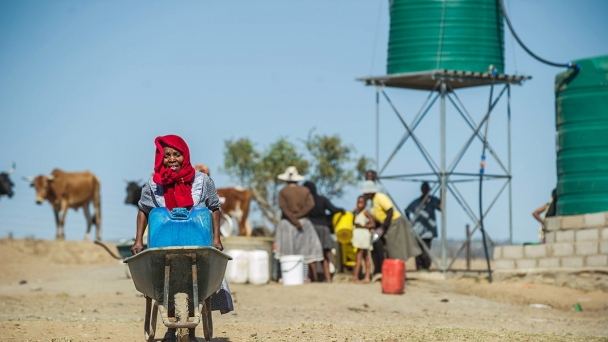
(VAN) A drought-hit province provides glimpses of the planet’s next phase.

(VAN) 40 per cent of the world's soil is already degraded, but the problem could get much worse.
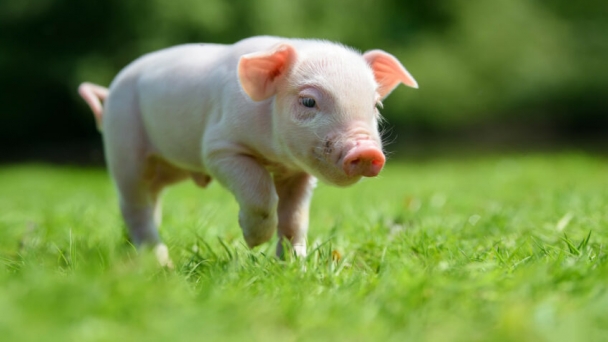
(VAN) In December 2024, the Regulation on Deforestation-Free Products (EUDR) is anticipated to take effect, aiming to reduce deforestation and forest degradation.

(VAN) The growing world population has increased the demand for poultry products and the intensity of the poultry production systems.
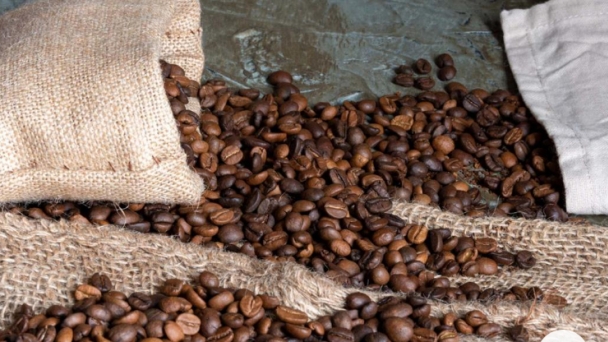
(VAN) The overheating of our planet is putting coffee bean crops at risk, and it's not just the people who rely on a morning caffeine boost who will be affected.
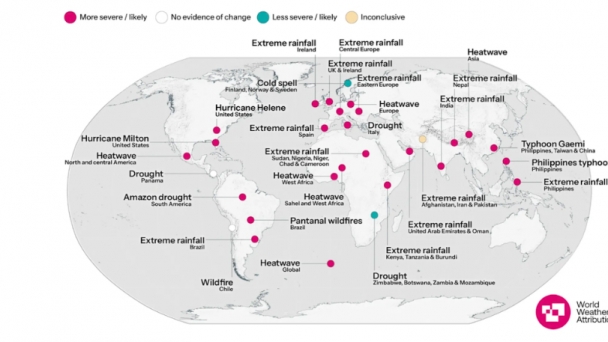
(VAN) 2024 will be the second straight 'hottest year' on record. But it wasn't supposed to be as hot as it was, coming in far ahead of 2023's alarming global temperature spike.